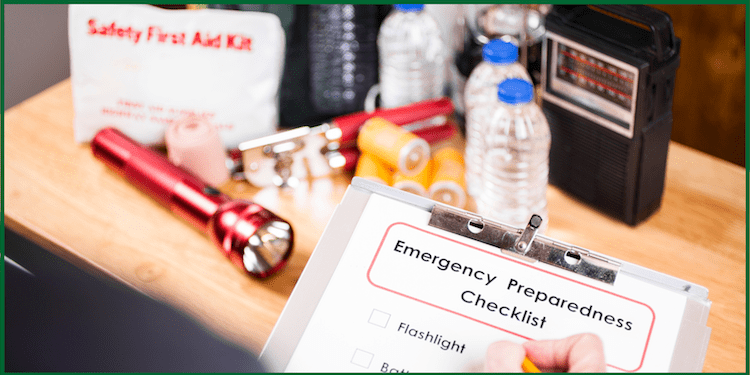Prioritizing first aid in the workplace is essential for the safety and health of the employees.
Accidents and injuries can occur unexpectedly in any workplace, posing potential risks to employees’ health and well-being.
As responsible employers, it is crucial to prioritize workforce safety by implementing comprehensive first-aid measures.
Equipping employees with first aid skills ensures a prompt and appropriate response in an emergency and fosters a culture of preparedness and care.
This article explores the importance of first aid in the workplace and provides practical tips to promote safety and empower employees.
Table of Contents
- Raising First Aid Awareness
- Establishing First Aid Kit
- Training First Aid Techniques
- Emergency Response Protocol
- Report and Learn from Incidents
1) Raising Awareness: Creating a Culture of First Aid Preparedness
- Conduct regular safety briefings and training sessions to educate employees about the significance of first aid and its role in mitigating workplace hazards.
- Display prominent signs and posters outlining basic first aid procedures, including the location of first aid kits and emergency contact information.
- Encourage employees to report potential safety hazards promptly to prevent accidents and injuries.
2) Establishing a Well-Stocked First Aid Kit:
- Ensure that first-aid kits are readily available and strategically placed throughout the workplace, easily accessible to all employees.
- Regularly check and replenish the supplies in the first aid kits to ensure they are up-to-date and contain essential items, such as bandages, disinfectants, gloves, and emergency contact numbers.
- Assign a designated individual or team responsible for monitoring and maintaining the first aid kits to guarantee their availability at all times.
3) Training Employees in First Aid Techniques:
- Organize comprehensive first-aid employee training program, including CPR (Cardiopulmonary Resuscitation), choking relief, and basic wound care.
- Encourage interested employees to pursue first aid and CPR certification, allowing them to become designated first aid responders within the workplace.
- Conduct regular refresher courses and practice sessions to reinforce employees’ first aid skills and boost their confidence in handling emergencies.
4) Establishing Emergency Response Protocol:
- Develop clear and concise emergency response protocols tailored to the workplace’s needs, including evacuation procedures, assembly points, and communication channels.
- Assign specific roles and responsibilities to employees during emergencies, ensuring everyone knows their tasks and can act promptly and efficiently.
- Regularly conduct drills and simulations to test the effectiveness of the emergency response protocols and identify areas for improvement.
5) Encouraging Reporting and Learning from Incidents:
- Establish a non-punitive reporting system that encourages employees to promptly report all workplace accidents, incidents, and near misses.
- Conduct thorough investigations into incidents, identifying their root causes and implementing corrective actions to prevent similar occurrences in the future.
- Share the lessons learned from incidents with employees, highlighting the importance of first aid interventions and safety measures, fostering a continuous learning environment.
Bottomline
Promoting first aid in the workplace is essential for the safety and health of the employees.
By raising awareness, establishing well-stocked first-aid kits, training employees in first-aid techniques, establishing emergency response protocols, and encouraging reporting and learning, we can empower our workforce to handle emergencies effectively.
By investing in first aid preparedness, we not only protect the well-being of our employees but also promote a culture of safety, responsibility, and care within the workplace.
Do you enjoy this reading? Kindly share with family, friends, and colleagues. Thanks! 🙂



